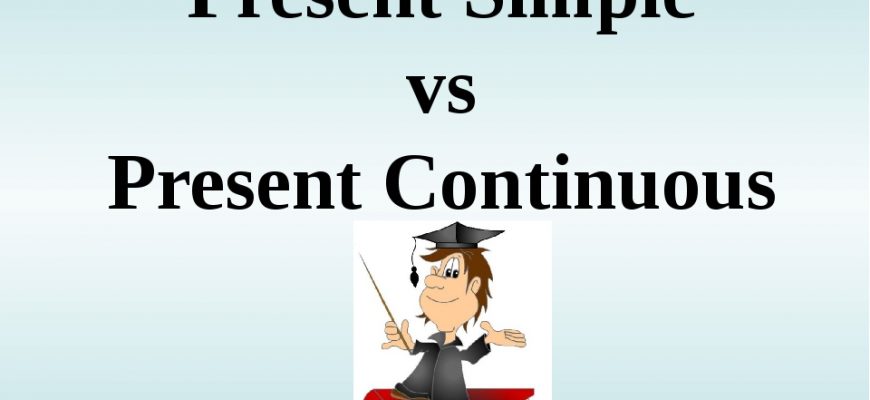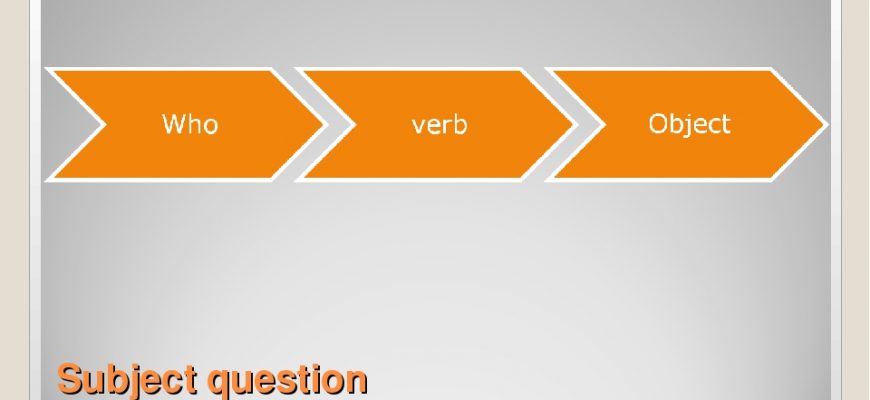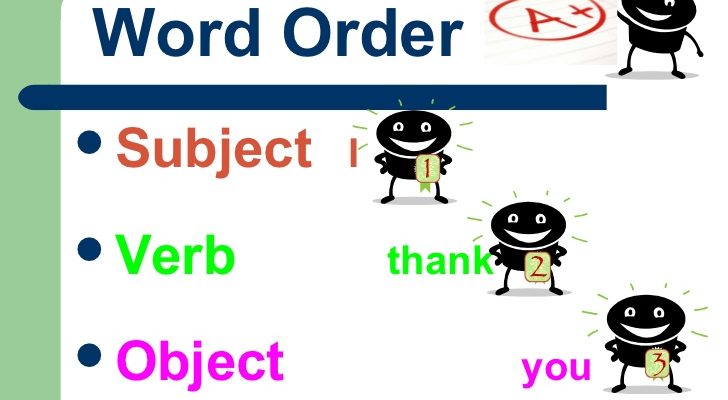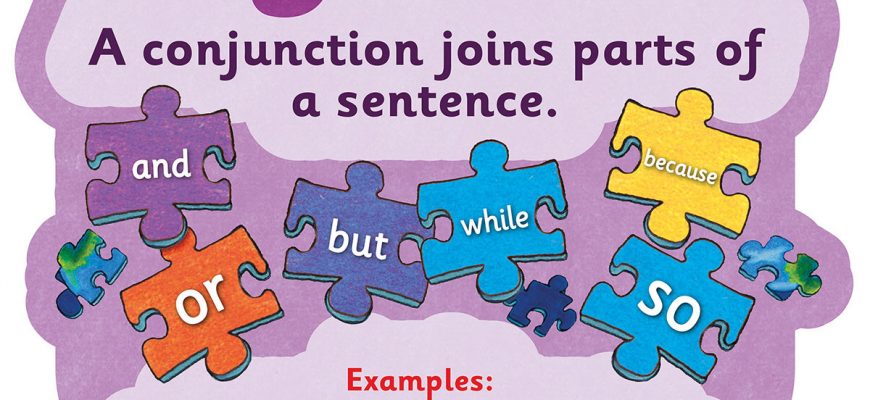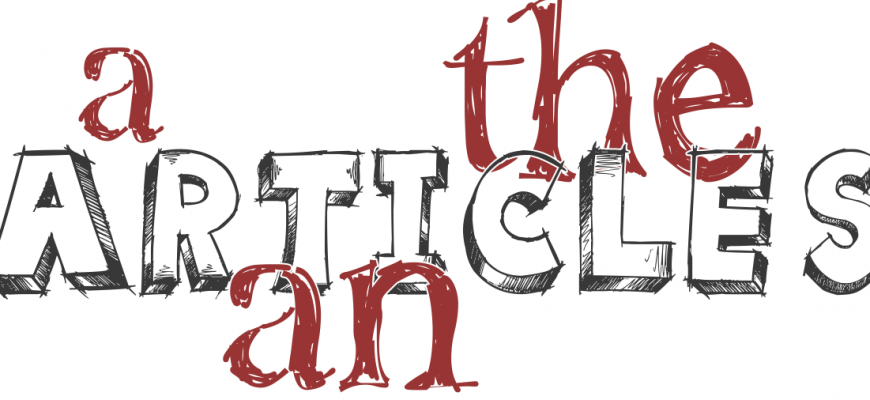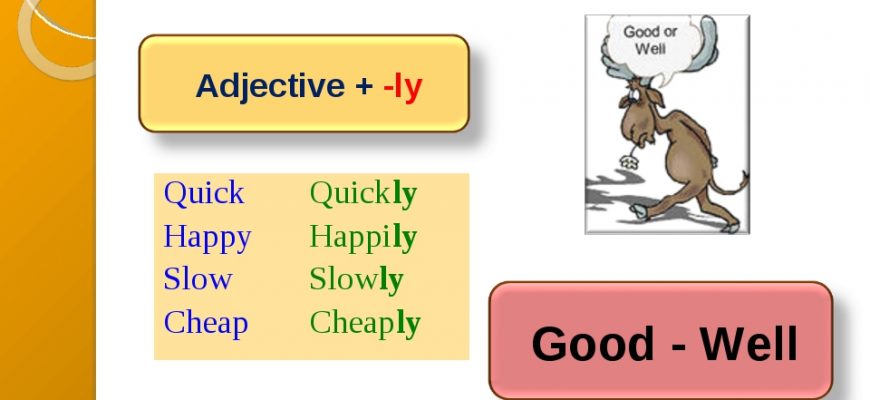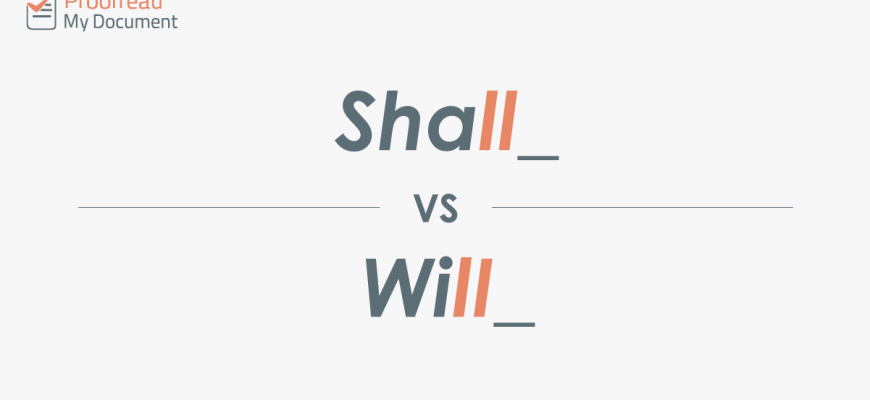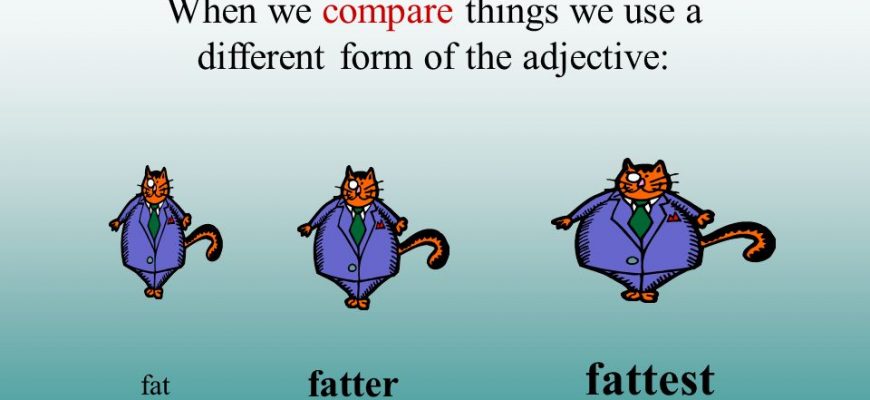Grammar
Simple Present Tense We use the simple present tense: 1. For facts Whales live in the ocean. Aconcagua is the highest mountain in Latin America.
Subject questions and object questions We use subject questions when we are asking about who, what, etc. did the action. We do not use an auxiliary verb
Basic sentence structure Sentences are made of clauses, and the simplest sentence has only one clause. In fact, sentences with only one clause are called
and We use and for adding similar information or ideas; it means ‘too’ or ‘in addition’. My brother is a plumber, and my sister is a teacher.
What is an article? Basically, articles are either definite or indefinite. They combine to a noun to indicate the type of reference
Adverbs of manner – use We use adverbs of manner after a verb to describe the verb. We use an adverb of manner to say how something happens or how we do something.
Future plan In addition to the simple future tense, we can talk about future events by using either: the present continuous, or to be (in the simple present) +
Will is an auxiliary verb. This means that: we use will + infinitive: I‘ll be (or will be) at home next Saturday.
Use of superlative adjectives We use superlative adjectives to compare one thing in a group with all of the other things in the group. We use “the” before
Forming regular comparatives and superlatives We use comparatives to compare two things or two people. (e.g She is taller than her husband.
